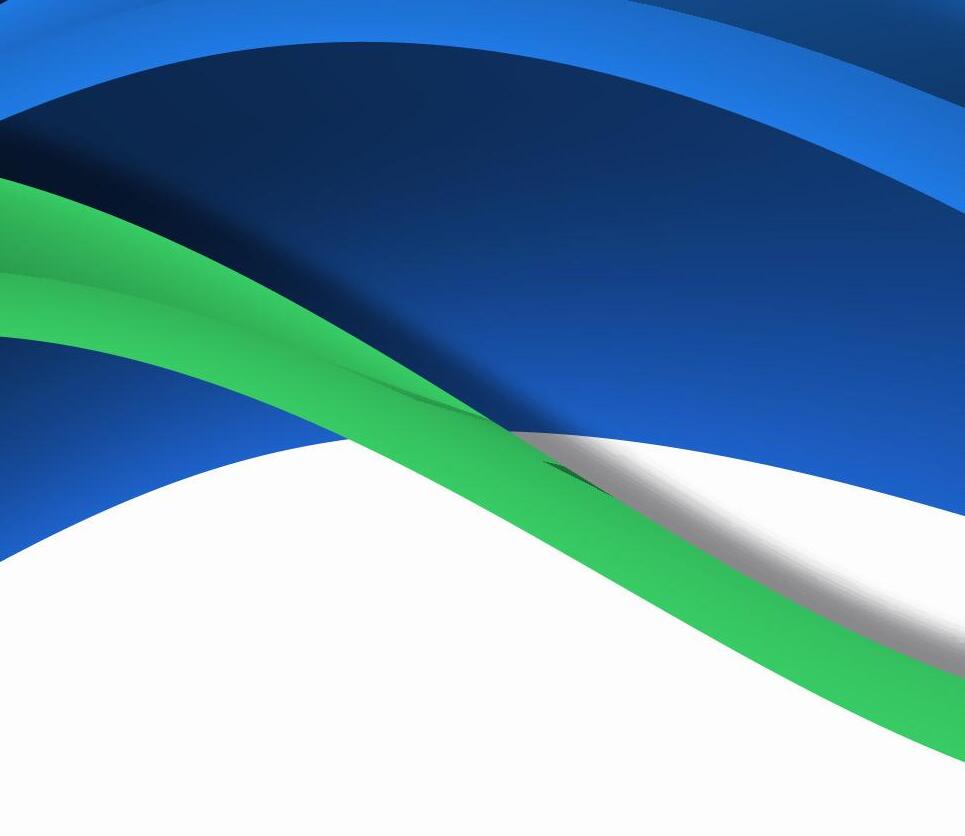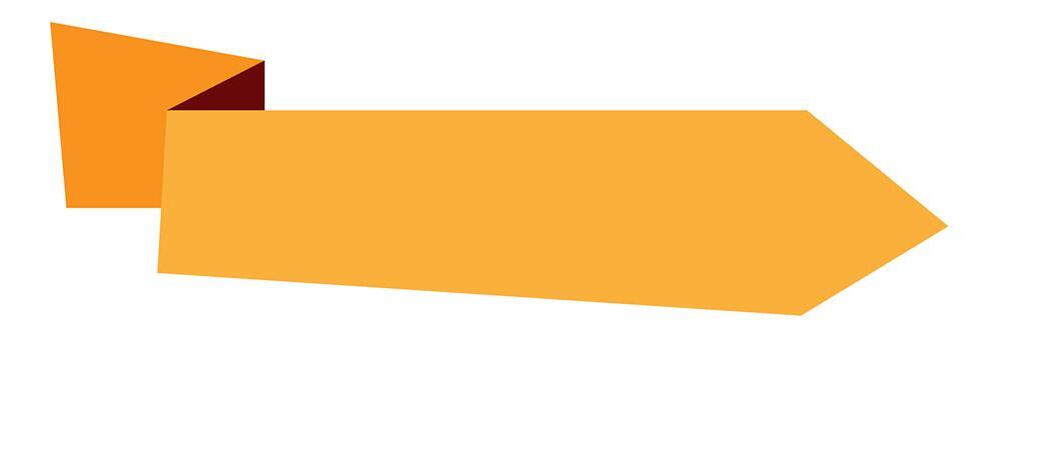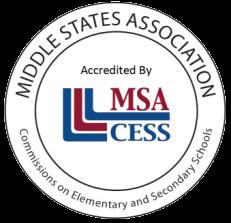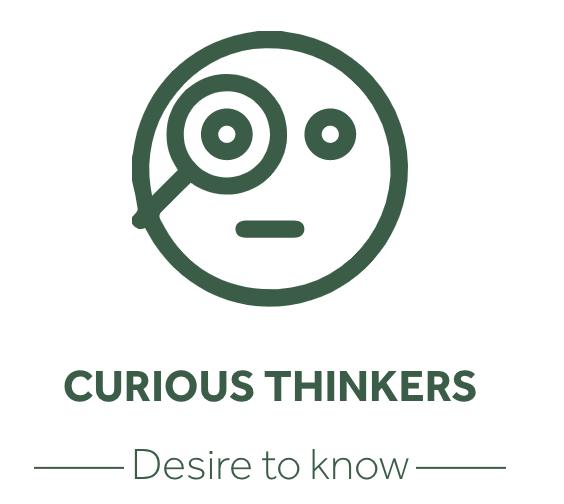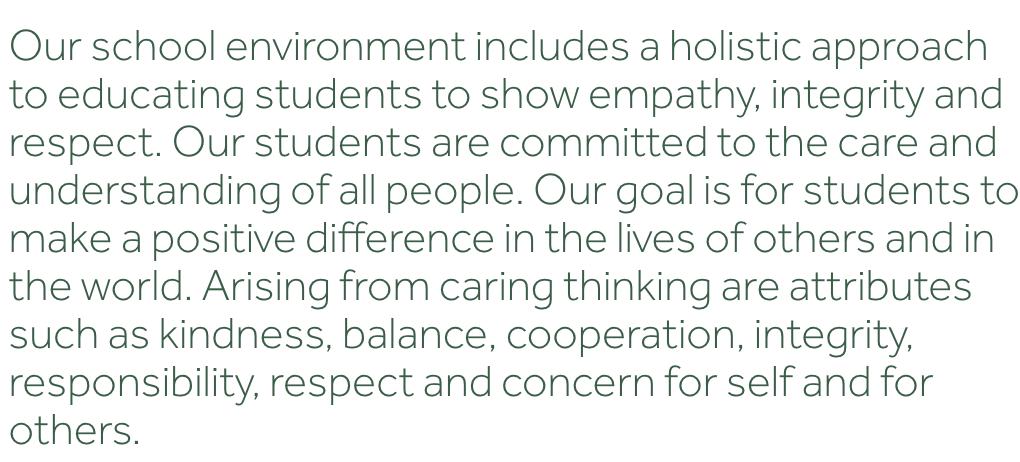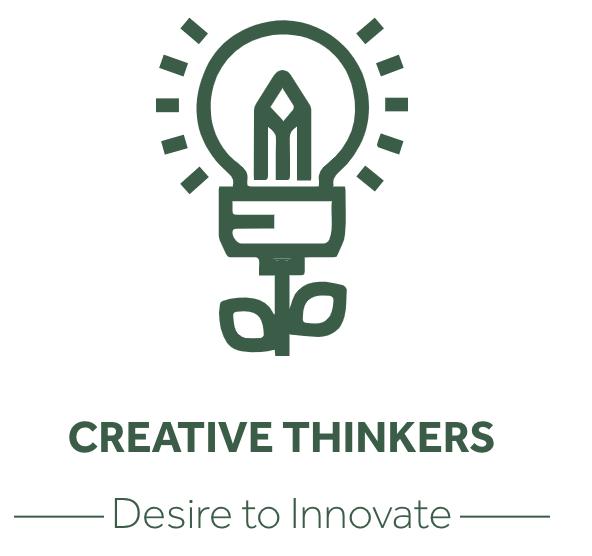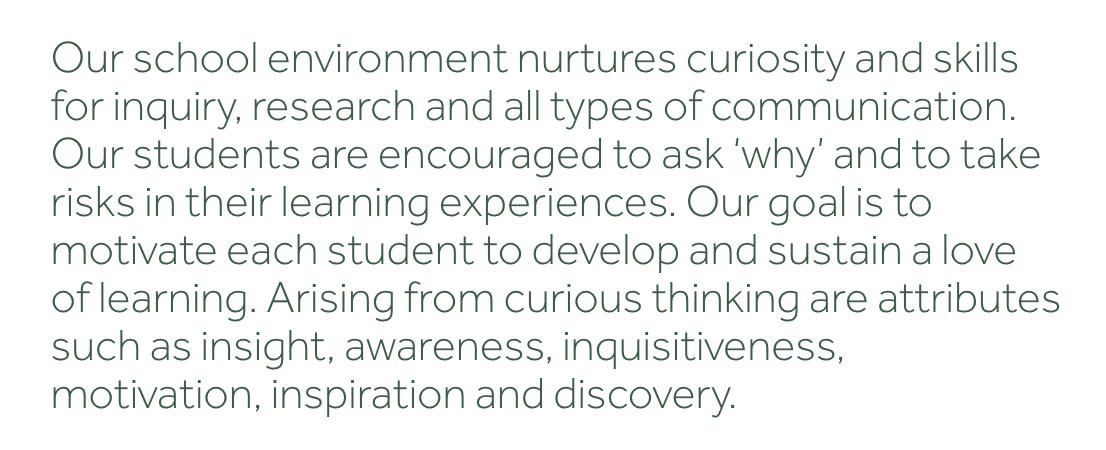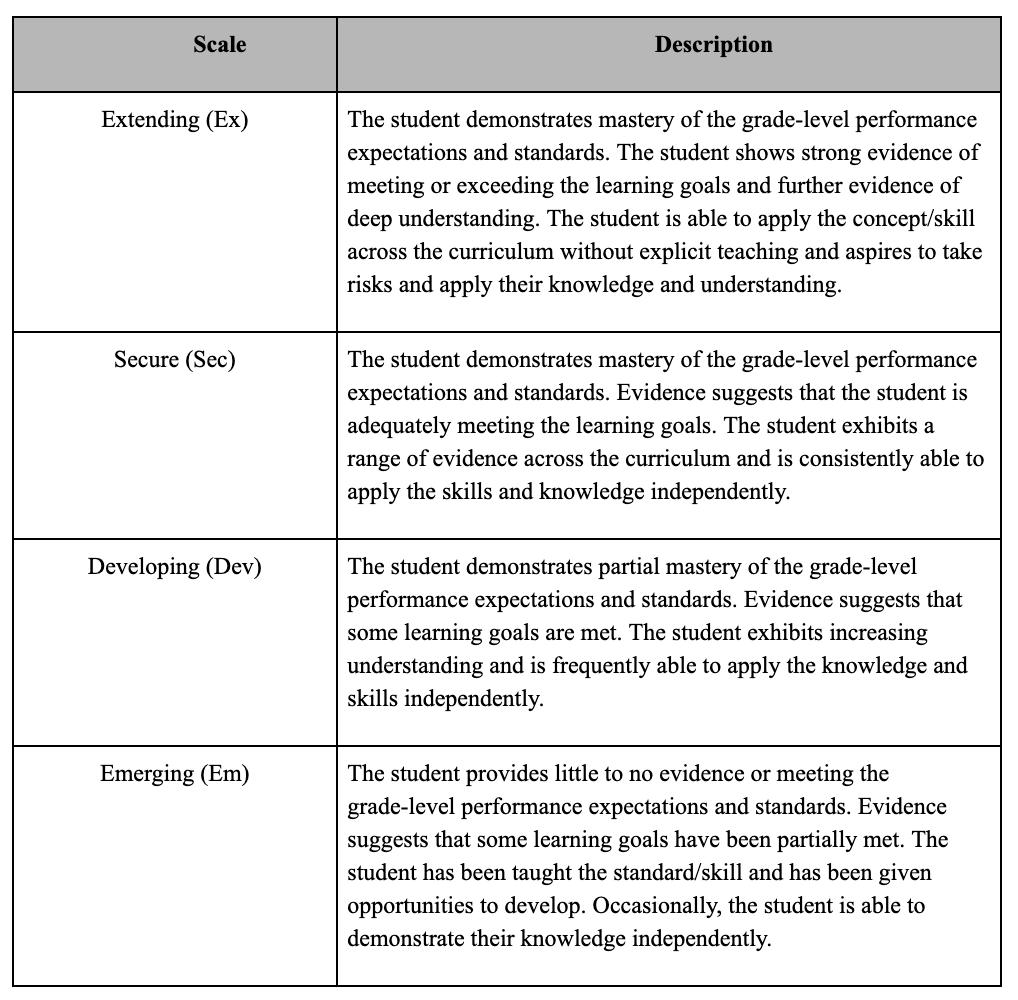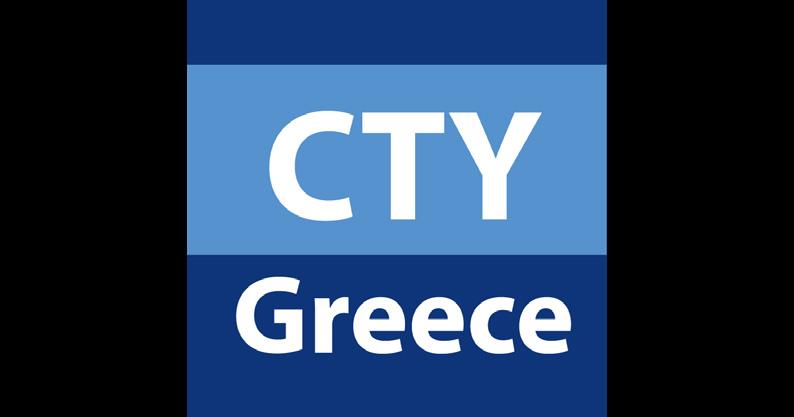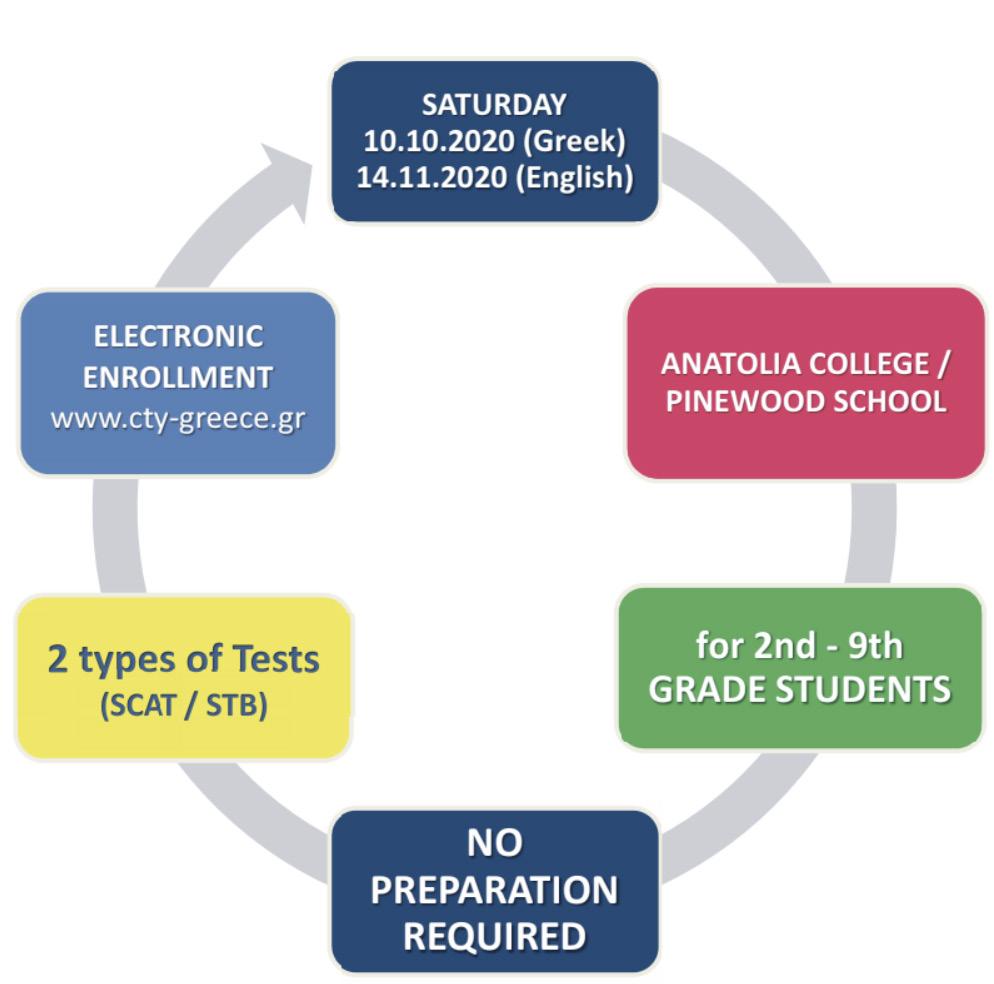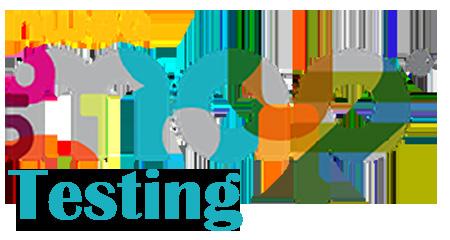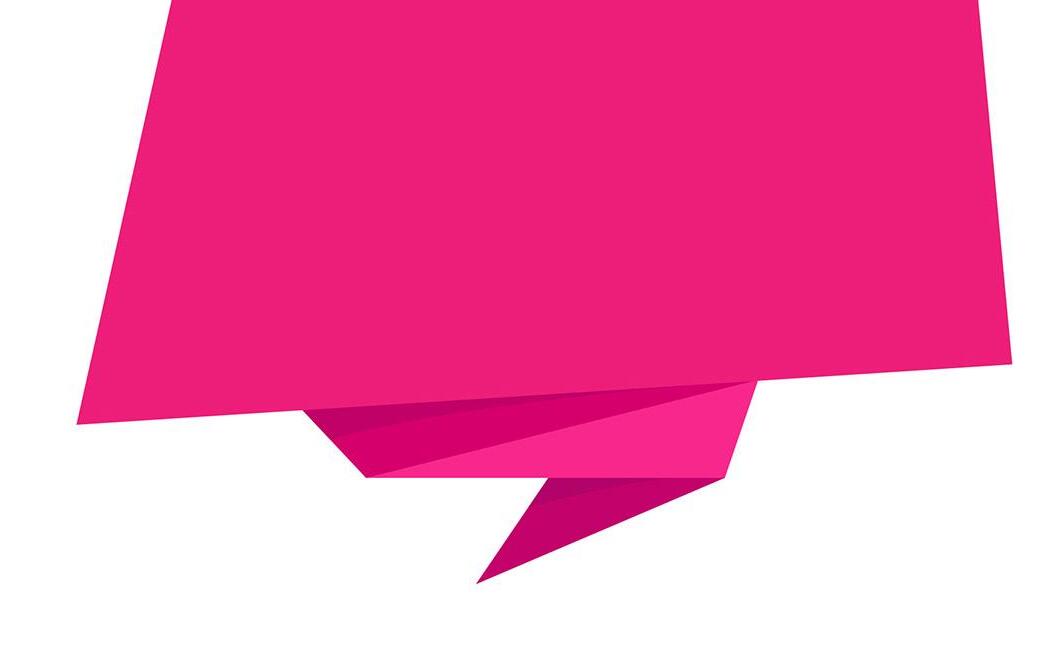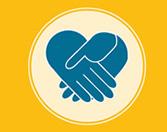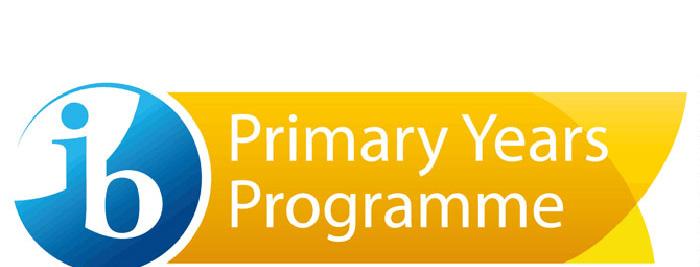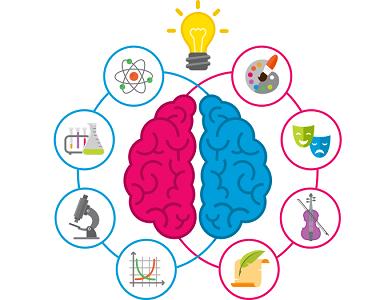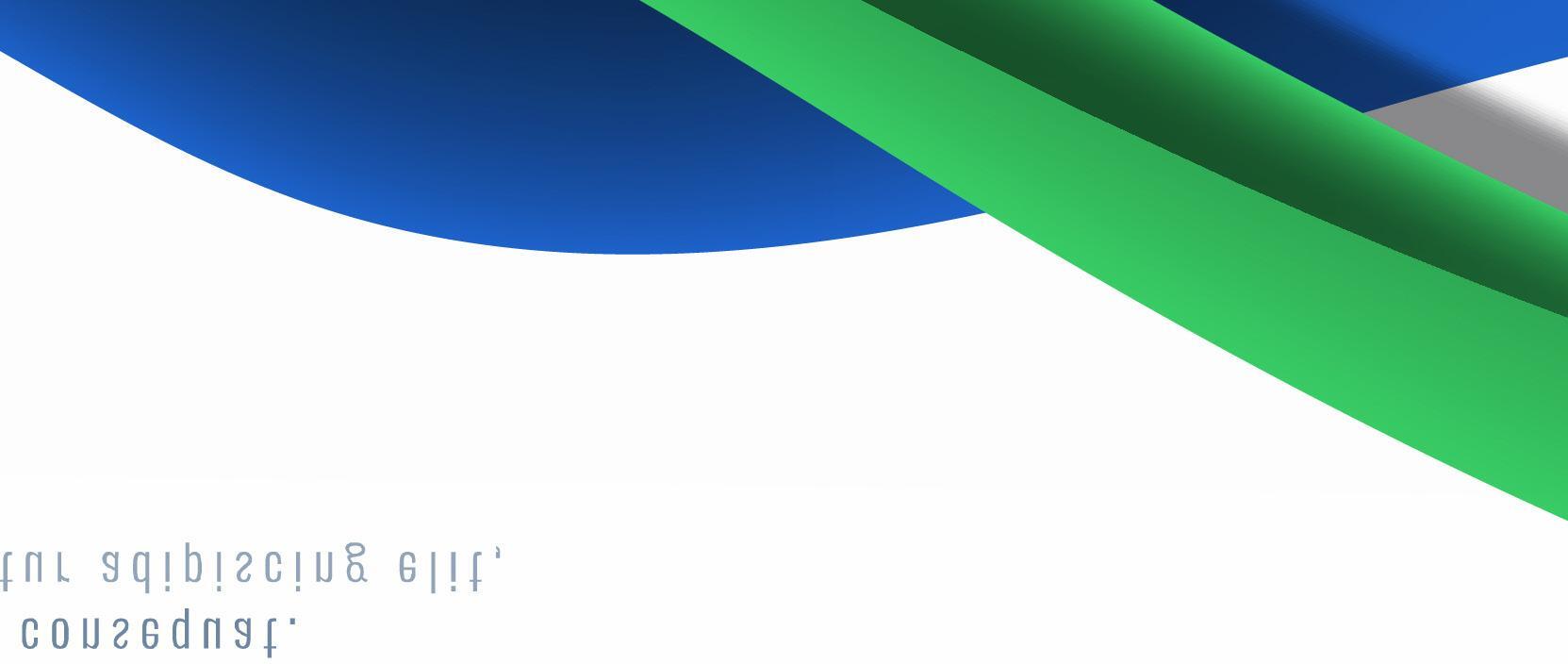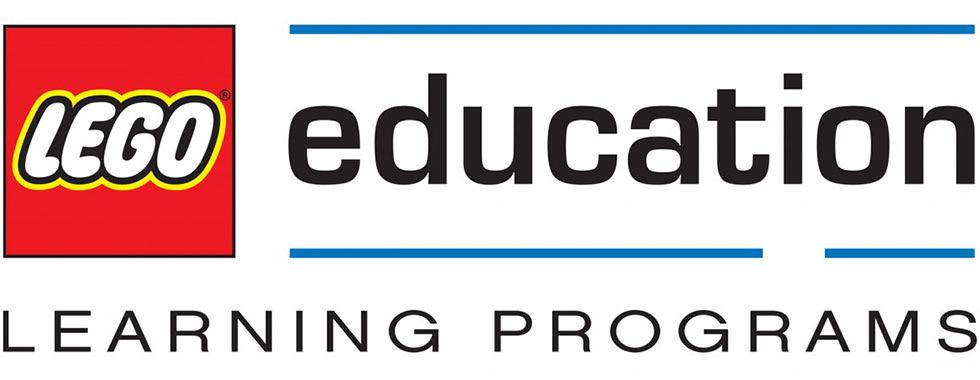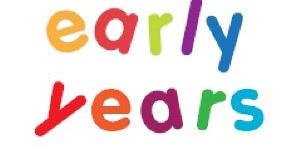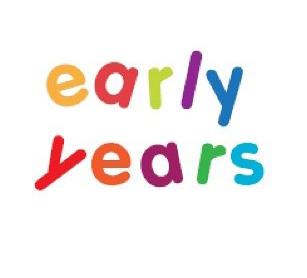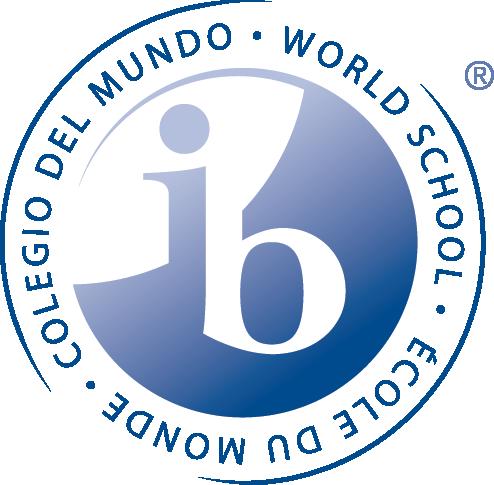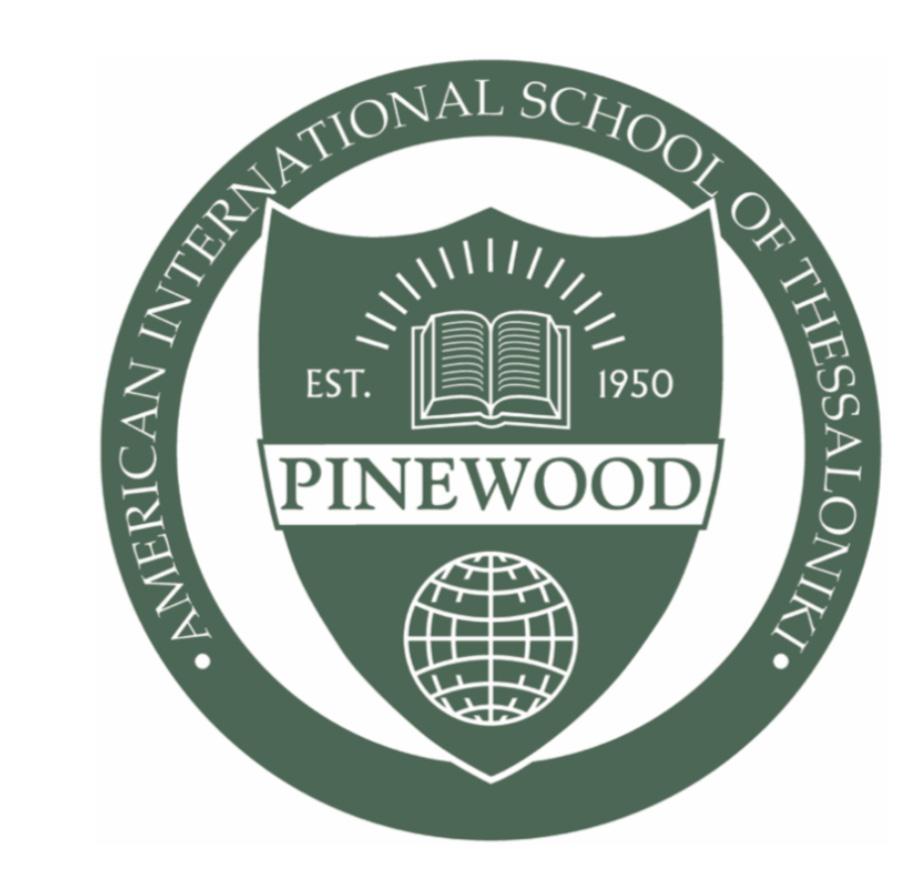Kindergarten
Language Arts: The Kindergarten Language Arts program follows the Teachers’ College Reading and Writing Project - Lucy Calkins Units of Study and is focused on Reading, Writing, Phonics, Listening and Speaking. All areas of Language are taught through mini lessons and workshops. The Phonics Workshop is taught intensively on a daily basis so as to support students as they build foundational reading and writing skills. The aim of the Reading Workshop is for children not only to learn the mechanics of reading but to read for purpose whereas the ultimate goal of the Writing Workshop is for students to become independent writers who write with meaning and for pleasure. As Language is transdisciplinary it will appear in many of the other subjects taught, in oral, aural and written form.
Mathematics: The Kindergarten Mathematics program follows the K-6 Math Expressions by problem solving through real life examples, encouraging them to practice individually, in pairs and in groups with a variety of manipulatives. It examines the concepts of number recognition and formation, place value, counting, geometry, patterns, measurement, single digit addition and subtraction. The Student Books are activity based and are also used for consolidation of concepts and skills, all of which are revisited frequently in the program.
Science: The Kindergarten Science program is inquiry based in the main, covering the Next and its Place in the Universe, Energy, Living Things and Habitats. Students learn through on’ activities and investigations. They also experience working individually, in pairs and in groups where they are given opportunities to cooperate, predict, learn about ‘fair testing’, share ideas and / or form conclusions.
Social Studies: The aim of the Kindergarten Social Studies program is to help students become aware of themselves, their character and their place in the world. They will begin they are, where they are from, how they are the same, yet different from their peers. They will discuss geography, culture and other aspects of their native countries in order to understand their roots and broaden the horizons of their classmates. Finally, they will be introduced to the topic of environmental awareness.
TDL: Transdisciplinary learning is the exploration of a relevant concept, issue or problem that integrates the perspectives of multiple disciplines in order to connect new knowledge

21
and deeper understanding to real life experiences. Students are challenged to think for themselves. They take responsibility for their learning which is achieved by exploring local and global issues through real life contexts. Students deepen their learning by developing their conceptual understandings and practicing critical thinking.
Physical Education: Physical education is an academic subject characterized by a planned, sequential K–12 curriculum that is based on the national standards for physical education. Physical education provides cognitive content and instruction designed to develop motor skills, physical education in schools. When students get physical education, they can:
• Increase their level of physical activity

• Improve their grades and standardized test scores, and
• Stay on-task in the classroom.
Modern Greek: Learning languages other than one’s own mother or heritage language interdisciplinary curriculum.
In Kindergarten, students are introduced to the Greek language. We focus on learning the of activities, such as reading stories, singing, completing worksheets, role playing, watching short videos, doing individual and team projects. Also, students by the end of the year develop their familiarity with oral and written language dealing with everyday situations and written material.
Art: Art and Craft is used as a practical transdisciplinary activity to compliment the programs taught in the four core subjects. A variety of materials and media are explored by students to by using a number of different tools and learn to experiment by implementing various artistic techniques.
Music: In Kindergarten, students are introduced to ways in which one can experience music notation. They practice with Orff instruments. We focus on teaching students how to sing in tune and on familiarizing them with classical music through musical games.
22
Grade 1

Language Arts: The Grade 1 Language Arts program follows the Teachers’ College Reading and Writing Project - Lucy Calkins Units of Study and is focused on Reading, Writing, Phonics, Written and Oral language conventions, Listening and Speaking. The workshop framework offers the perfect combination of whole group, small group, one on one instruction, and independent practice. The goal of this program is to instill the love of reading and writing throughout the year.
Mathematics: The Grade 1 Mathematics program follows the K-6 Math Expressionspatterns, measurement, two digit addition and subtraction, and place value. Math expression is an inquiry based program that allows the students to use manipulatives, problem solving, and individualized practice.
Science: The Grade 1 Science program supports students to develop knowledge about the nonliving things, landforms, observing matter, movement, and sound.
Social Studies: The Grade 1 Social Studies program is a critical school subject that allows students to gain a better understanding of their surroundings and relationships. The student will dive deeper into their community, explore their families, map skills and learn the importance of being good citizens. This program ties in real-world experiences and allows the student to learn thorough discussion.
TDL: Learning is planned around six transdisciplinary themes: Who we are, Where we are in time and place, How we express ourselves, How the world works, How we organize ourselves, Sharing the world. Transdisciplinary learning is the exploration of a relevant concept, issue or problem that integrates the perspectives of multiple disciplines in order to connect new knowledge and deeper understanding to real life experiences. We focus on thinking skills, research skills.
Physical Education: and motor concepts that will enable the student to learn to enjoy physical activity and enhance
23
future participation in recreational lifetime activities. PE places a strong emphasis upon physical
Modern Greek for Native Speakers: L Learning languages other than one’s own mother school’s overall, interdisciplinary curriculum. The grade 1 Greek Native course is based on the Greek National curriculum. Students focus on learning the letters of the Greek alphabet stories, singing, completing worksheets, role playing, watching short videos, doing individual and team projects. Also, students build their foundational reading and writing skills in the Greek language. By the end of the year, students have developed their familiarity with oral and written language through dialogues dealing with everyday situations and written material.
Modern Greek Internationals: All international students in Grades 1-5 study Modern Greek as a foreign language in, as much as possible, leveled groups 3 times a week. Students begin their introduction to Greek by focusing on the four key areas of foreign language study: listening, speaking, reading, and writing. Each unit consists of a new vocabulary theme and grammar concept, reading and listening comprehension activities, speaking and writing activities, as well as interactive activities and practices which reinforce vocabulary and grammar. There is a strong emphasis on providing context and conversational examples for the language concepts presented in each unit. The program is designed to help students
• Engage in language learning
• Master common vocabulary terms and phrases
• Comprehend a wide range of grammar patterns
• Participate in simple conversations and respond appropriately to basic conversational prompts
• Generate language incorporating basic vocabulary and grammar patterns
• Read, write, speak, and listen for meaning in basic Greek Finally, the students’ learning process will be assessed based on the continuous monitoring of the work performed and the acquired knowledge.

Art: Students in Grades 1-5 are given once a week instruction in the visual arts. This program introduces students to a wide variety of media in the form of exposure, instruction and practice.
In Grade 1, students will learn to use observation in preparation for making a work of art, exploring the safe use of materials and tools. They will understand that people from different places and times have made art for a variety of reasons. Students will be encouraged to
24
observe creativity in their surroundings and to be creative outside the classroom.
Music:


on singing in tune, while also on developing their sense of beat. They play metallophones, famous compositions of the classical composers, while we also emphasise in presenting music from all over the world.
Information Technology (IT): Students in Grade 1 attend IT once a week. The IT teacher visits the class and each student uses a dedicated laptop from the laptop cart. We begin with a unit on procedures and how we handle and take care of devices. Main topics are: keyboard practice), how we use the internet and how we remain safe while using the internet. The IT teacher works closely with the classroom teacher to address technology needs dictated by the classroom main curriculum, in an attempt to incorporate technology in the classroom effectively.
25
Grade 2

Language Arts: The Grade 2 Language Arts program follows the Teachers’ College Reading and Writing Project - Lucy Calkins Units of Study and is focused on Reading, Writing, Written and Oral language conventions, Listening and Speaking. The ultimate goal of a Reading Workshop is always to create lifelong passionate readers.Writing workshop gives students opportunity to write in a variety of genres and helps foster a love of writing.
Mathematics: The Grade 2 Mathematics program follows the K-6 Math Expressions - Houghton
time, graphs and word problems. Students develop an understanding of Mathematics through real world situations and visual support. Students learn multiple ways to solve problems, including algorithms based on reasoning.
Science: The Grade 2 Science program supports students to develop knowledge about the decisions about real–world problems; be able to construct new knowledge for themselves through research, reading, and discussion; be familiar with the natural world, and respectful of its unity, diversity, and fragility; be able to make informed judgments on statements and role of science in human affairs.
Social Studies: The Grade 2 Social Studies program is a critical school subject that allows students to gain a comprehensive body of knowledge, understandings, and skills that will enable them to better understand the world as it was and currently is and provide them with the tools necessary to become critical and creative thinkers that can solve complex world problems now and in the future.
TDL: Learning is planned around six transdisciplinary themes: Who we are, Where we are in time and place, How we express ourselves, How the world works, How we organize ourselves, Sharing the world. Transdisciplinary learning is the exploration of a relevant concept, issue or problem that integrates the perspectives of multiple disciplines in order to connect new
26
knowledge and deeper understanding to real life experiences. We focus on thinking skills, research skills.
Physical Education: The Physical Education in grade 2 will develop mature loco motor, improve their individual performance and social skills.
Modern Greek for Native Speakers: Learning languages other than one’s own mother or school’s overall, interdisciplinary curriculum. The grade 2 Greek Native course is based on the Greek National curriculum. Students focus on revising the letters of the Greek Alphabet and expand their Greek vocabulary. Also, students look into grammar phenomenons, such as nouns and verbs’ conjugation. Students are encouraged to be independent readers who love reading Greek literature.By the end of the year, students have developed their familiarity with oral and written language through dialogues dealing with everyday situations and written material.
Modern Greek Internationals: All international students in Grades 1-5 study Modern Greek as a foreign language in, as much as possible, leveled groups 3 times a week. Students begin their introduction to Greek by focusing on the four key areas of foreign language study: listening, speaking, reading, and writing. Each unit consists of a new vocabulary theme and grammar concept, reading and listening comprehension activities, speaking and writing activities, as well as, interactive activities and practices which reinforce vocabulary and grammar. There is a strong emphasis on providing context and conversational examples for the language concepts presented in each unit. The program is designed to help students
• Engage in language learning
• Master common vocabulary terms and phrases
• Comprehend a wide range of grammar patterns
• Participate in simple conversations and respond appropriately to basic conversational prompts
• Generate language incorporating basic vocabulary and grammar patterns

• Read, write, speak, and listen for meaning in basic Greek
Finally, the students’ learning process will be assessed based on the continuous monitoring of the work performed and the acquired knowledge.
Art: Students in Grades 1-5 are given once a week instruction in the visual arts. This program

27
introduces students to a wide variety of media in the form of exposure, instruction and practice.
In Grade 2, students will learn to brainstorm collaboratively multiple approaches to an art or design problem. They will make art or design with various materials and tools to explore personal interests, questions and curiosity, whilst demonstrating safe procedures for using and cleaning art tools, equipment and studio spaces.
Music: In Grade 2 students are taught how to play melodies on the metallophone and the xylophone, to accompany singing parts, to improvise, and to play as a group. The “composer
Information Technology (IT): Students in Grade 2 attend IT once a week. The IT teacher visits the class and each student uses a dedicated laptop from the laptop cart. We begin with a unit on procedures and how we handle and take care of devices. Main topics are:

keyboard practice), how we use the internet and how we remain safe while using the internet. The IT teacher works closely with the classroom teacher to address technology needs dictated by the classroom main curriculum, in an attempt to incorporate technology in the classroom effectively.

28
Grade 3

Language Arts: The Grade 3 Language Arts program follows the Teachers’ College Reading and Writing Project - Lucy Calkins Units of Study and is focused on Reading, Writing, Written and Oral language conventions, Listening and Speaking. The focus of the writing units of study is built around students generating their own texts by using experiences from their own lives. The reading units of study provide students the opportunity to practice reading, set realistic goals and exceed them.
Mathematics:The Grade 3 Mathematics program follows the K-6 Math Expressions - Houghton fractions, patterns, place value, addition and subtraction strategies, time and data, making sense of word problems and geometry. Students make sense of mathematical concepts by exploring, discussing and demonstrating an understanding of key concepts. Moreover, own path for solving problems.
Science: The science program connects concepts to everyday life and situations with the goal of helping students develop higher level thinking skills and processes. Students learn about decisions about real–world problems, they learn through research, reading, and discussion, become familiar with the natural world, and respectful of its unity, diversity, and fragility, they Social Studies: The Social Studies program helps students expand their study of the world around them by learning about different communities around the world. They explore different points of view and how things have changed over time. They compare and contrast cultural characteristics and how they meet human needs, and examine how families, institutions, and cultures. Moreover, they examine people’s rights, roles and responsibilities in communities. They use maps and globes to generate and interpret information about their communities. They learn about how different types of resources are generated, cultivated and used, and study the functions and impacts of tools and techniques in their communities.
Transdisciplinary Units: Learning is planned around six transdisciplinary themes: Who we

29
are, Where we are in time and place, How we express ourselves, How the world works, How we organize ourselves, Sharing the world. Some activities students engage in involve creating mind maps, designing country/community brochures, practice making deals to understand trading, interviewing a family member.
Transdisciplinary Units: Learning is planned around six transdisciplinary themes: Who we are, Where we are in time and place, How we express ourselves, How the world works, How we organize ourselves, Sharing the world. Some activities students engage in involve creating mind maps, designing country/community brochures, practice making deals to understand trading, interviewing a family member.
Physical Education: The Physical Education in grade 3 will develop mature locomotor, nontheir individual performance and social skills.
Modern Greek for Native Speakers: Learning languages other than one’s own mother or school’s overall, interdisciplinary curriculum. The grade 3 Greek Native course is based on the Greek National curriculum. Students focus on generating their own texts by using experiences from their own lives. Also, students look into grammar phenomenons, such as nouns and verb tenses’ conjugation. Students are encouraged to be independent readers who love reading Greek literature. By the end of the year, students have developed their familiarity with oral and written language through dialogues dealing with everyday situations and written material.
Modern Greek Internationals: All international students in Grades 1-5 study Modern Greek as a foreign language in, as much as possible, leveled groups 3 times a week. Students begin their introduction to Greek by focusing on the four key areas of foreign language study: listening, speaking, reading, and writing. Each unit consists of a new vocabulary theme and grammar concept, reading and listening comprehension activities, speaking and writing activities, as well as, interactive activities and practices which reinforce vocabulary and grammar. There is a strong emphasis on providing context and conversational examples for the language concepts presented in each unit. The program is designed to help students
• Engage in language learning
• Master common vocabulary terms and phrases
• Comprehend a wide range of grammar patterns
• Participate in simple conversations and respond appropriately to basic conversational prompts
• Generate language incorporating basic vocabulary and grammar patterns

30
• Read, write, speak, and listen for meaning in basic Greek Finally, the students’ learning process will be assessed based on the continuous monitoring of the work performed and the acquired knowledge.



Art: Students in Grades 1-5 are given once a week instruction in the visual arts. This program introduces students to a wide variety of media in the form of exposure, instruction and practice.
In Grade 3, students will create personally satisfying artwork using a variety of artistic processes of materials, tools and equipment for a variety of artistic processes. They will speculate about processes an artist uses to create art whilst determining messages communicated by an image.
Music: In Grade 3, students will play percussion instruments. We focus on developing their rhythmic skills and also teach them various rhythmic terms in music theory. They learn to repeat short or longer phrases by listening, to identify rhythm patterns, to improvise and to create their own patterns. Body percussion opens up a question of what constitutes a musical instrument and boomwhackers introduce them to the concept of chords and group performance.
Information Technology (IT): Students in Grade 3 attend IT once a week. Students bring their own devices beginning in grade 3. We begin with a unit on procedures and how we handle and take care of devices. Main topics are: keyboard practice throughout the year incorporating word processing applications, evaluating websites and online information, digital citizenship with a focus on online safety, and coding. The IT teacher works closely with the classroom teacher to address technology needs dictated by the classroom main curriculum, in an attempt to incorporate technology in the classroom effectively.
31
Grade 4

Language Arts: The Grade 4 Language Arts program follows the Teachers’ College Reading and Writing Project - Lucy Calkins Units of Study and is focused on Reading, Writing, Written and Oral language conventions, Listening and Speaking. Students practice and improve comprehension and productive skills in written and oral communication, critical and creative thinking.
Mathematics: The Grade 4 Mathematics program follows the K-6 Math Expressions - Houghton and division of whole numbers, decimals and fractions, geometry, measurement, graphing and probability. Students make sense of mathematical concepts by exploring, discussing and demonstrating an understanding of key concepts. Moreover, students have opportunities to
Transdisciplinary Units: The TDL units bring together key concepts from Science and Social Studies in a meaningful and highly personalised project-based approach to inquiry learning. The units are structured around six themes: Who we are, Where we are in time and place, How we express ourselves, How the world works, How we organize ourselves, and Sharing the world. Students read, conduct research, keep notes, collect visual content, write a response in various formats and present their individual or group outputs to others to receive feedback
Science: The Grade 4 Science program supports students to develop awareness of the natural environment, earth, life, and physical sciences, and of how it affects and in turn is affected by human activities, past and present. Students develop concepts basic to science, such as decisions about real-world problems, they learn through research, reading, and discussion, and they become familiar with the natural world, and respectful of its unity, diversity, and fragility.
Social Studies: Students in Grade 4 study the development of the United States up to 1850, with an emphasis on the people who were already there, when and from where others arrived, and why they came. They recognize that the United States has a constitution that derives its power from the people. Students compare and contrast cultural characteristics and how they
32
meet human needs, and examine how families, institutions, and sociological circumstances
Physical Education: Physical Education in Grade 4 stresses the application of motor skills leads to enjoyment in more complex skills and activities. Students develop mature loco motor, Modern Greek for Native Speakers: Learning languages other than one’s own mother or school’s overall, interdisciplinary curriculum. The grade 4 Greek Native course is based on the Greek National curriculum. Students focus on generating their own texts by using experiences from their own lives. Also, students look into grammar phenomenons, such as nouns and verb tenses’ conjugation. Students are encouraged to be independent readers who love reading Greek literature. By the end of the year, students have improved comprehension and productive skills in written and oral communication of the Greek language.
Modern Greek Internationals: All international students in Grades 1-5 study Modern Greek as a foreign language in, as much as possible, leveled groups 3 times a week. Students begin their introduction to Greek by focusing on the four key areas of foreign language study: listening, speaking, reading, and writing. Each unit consists of a new vocabulary theme and grammar concept, reading and listening comprehension activities, speaking and writing activities, as well as, interactive activities and practices which reinforce vocabulary and grammar. There is a strong emphasis on providing context and conversational examples for the language concepts presented in each unit. The program is designed to help students
• Engage in language learning
• Master common vocabulary terms and phrases
• Comprehend a wide range of grammar patterns
• Participate in simple conversations and respond appropriately to basic conversational prompts
• Generate language incorporating basic vocabulary and grammar patterns
• Read, write, speak, and listen for meaning in basic Greek Finally, the students’ learning process will be assessed based on the continuous monitoring of the work performed and the acquired knowledge.
Music: In Grade 4, students learn to play the recorder. They start with simple tunes and group playing, and later they combine recorders with metallophones, xylophones and other percussion instruments, learning to create a fuller sound. They also present themselves

33
with music and songs from different countries and cultures, often bringing in their cultural


Art: Students in Grades 1-5 are given once a week instruction in the visual arts. This program introduces students to a wide variety of media in the form of exposure, instruction and practice.
In Grade 4, students will compare responses to a work of art before and after working in similar media. They will analyze components in visual imagery and collaboratively set goals and create artwork that is meaningful and has purpose to the makers. Students will revise artwork in progress on the basis of insights gained through peer discussion.
Information Technology (IT): Students in Grade 4 attend IT once a week. Students bring their own devices. We begin with a unit on procedures and how we handle and take care of devices. Main topics are: keyboard practice throughout the year, evaluating websites and online information, digital citizenship, presentation software and coding. The IT teacher works closely with the classroom teacher to address technology needs dictated by the classroom main curriculum, in an attempt to incorporate technology in the classroom effectively.
34
Grade 5

Language Arts: The grade 5 language arts is based on the Lucy Calkins literacy program. It is broken into reading, writing and phonics. The units all build upon each other allowing
Mathematics: The grade 5 math program is Math Expressions. It is a comprehensive program that allows students to explore numeracy, fractions, decimals, and percents. The students will make use of workbooks, homework books, learning centers, online assignments and collaboration to facilitate deep understanding.
Science: The grade 5 Science curriculum focuses on earth, life, and space sciences. Students will conduct a series of experiments throughout the year to make real world connections between science and the world around them.
Social Studies: The grade 5 Social Studies curriculum focuses on The Ancient World. The students will look at early civilizations, ancient Egypt, and ancient India. During the course of the year the students will make connections between the past and how it affects our lives now.
TDL: In grade 5 this year we will be incorporating aspects of Social Studies and Science as a transdisciplinary learning unit. Concepts from units of both subjects will be worked on throughout the year to compile and create a country of their own. The project will incorporate maps, government, laws, ecosystems, conservation to name a few. This TDL will be a student centered inquiry project.
Physical Education: an active program in order to enhance development in physical activity outside the classroom. Movement is critical to proper growth and development at this age and PE class should assist students in developing a healthy body and self-image. As such, physical activity is important to the physical, emotional and social maturation of students.
Modern Greek for Native Speakers: Learning languages other than one’s own mother or school’s overall, interdisciplinary curriculum. The grade 5 Greek Native course is based on the Greek National curriculum. Students focus on generating their own descriptive and narrative texts. Also, students look into grammar phenomenons, such as nouns, adjectives and verb tenses’ conjugation. Students are encouraged to be independent readers who love reading Greek literature. By the end of the year, students have improved comprehension and productive skills in written and oral communication of the Greek language.
35
Modern Greek Internationals: All international students in Grades 1-6 study Modern Greek as a foreign language in, as much as possible, leveled groups 3 times a week. Students begin their introduction to Greek by focusing on the four key areas of foreign language study: listening, speaking, reading, and writing. Each unit consists of a new vocabulary theme and grammar concept, reading and listening comprehension activities, speaking and writing activities, as well as interactive activities and practices which reinforce vocabulary and grammar. There is a strong emphasis on providing context and conversational examples for the language concepts presented in each unit. The program is designed to help students
• Engage in language learning
• Master common vocabulary terms and phrases
• Comprehend a wide range of grammar patterns
• Participate in simple conversations and respond appropriately to basic conversational prompts
• Generate language incorporating basic vocabulary and grammar patterns
• Read, write, speak, and listen for meaning in basic Greek Finally, the students’ learning process will be assessed based on the continuous monitoring of the work performed and the acquired knowledge.


Art: Students in Grades 1-6 are given once a week instruction in the visual arts. This program introduces students to a wide variety of media in the form of exposure, instruction and practice.
Grade 5 students will experiment and develop skills in multiple art-making techniques and approaches through practice, whilst demonstrating safe use and procedures towards equipment and media. They will compare their own interpretation of a work of art with the interpretation of others. Students will identify and analyse cultural associations suggested by visual imagery.
Music: In Grade 5, students learn to play the ukulele. They play simple tunes and chords and later they accompany their singing. They practice on solfege to create a choir. They present they study the musical structure of a different composition every month.
Information Technology (IT): Students in Grade 5 attend IT once a week. Students bring their own devices. We begin with a unit on procedures and how we handle and take care of
The IT teacher works closely with the classroom teacher to address technology needs dictated by the classroom main curriculum, in an attempt to incorporate technology in the classroom effectively.
36
Grade 6
While the Pinewood early years and elementary schools are grounded in the philosophy of the school to secondary school to be a critical one for students. In order to assist students with this transition and to better ensure students are prepared for the requirements of the MYP and secondary school, the grade 6 teachers will work with students and families on understanding the MYP program and grading system.
English: The sixth grade English curriculum targets the areas of reading, writing, listening areas. In the area of reading students will learn how to use textual evidence to support their analysis of the assigned literary works and how a story’s plot can proceed in small steps carried by the response of characters. They will learn how the meaning of words can change
argumentative, informative, and narrative texts. They will be able to support their writing using evidence found in other texts, while focusing on using appropriate punctuation and spelling throughout their writing. To develop their speaking and listening skills students will practice presenting their own claims by giving their ideas in a logical order. They will also learn to use various multimedia components to deliver their work using strong presentation skills such as appropriate eye contact and clear pronunciation.
Mathematics: Students are assisted, through the curriculum, to develop a positive attitude towards mathematics and appreciate the usefulness of mathematics while recognizing its relationship with other disciplines and with everyday life. The course allows them to gain


37
knowledge and develop understanding of mathematical concepts and to gain mathematical skills and apply them. They will develop the ability to communicate mathematics with others. They will also develop patience and persistence when solving problems. Students will strive to demonstrate knowledge of basic mathematical skills, conceptual understanding, and problem solving skills. The course covers different topics: Numbers and Operations; Geometry and Measurement; Functions and Algebra; Statistics and Probability; Problem Solving; and Mathematical Reasoning. Assessment is twofold: formative and summative. This will take the form of summative assessments with the four MYP criteria, classroom work, peer teaching, and portfolios.



Science: The Science 6 curriculum focuses on an overview of life science, earth science, space and technology, and physical science. Science concepts and principles place emphasis on the nature of science and inquiry. Within the unit of life science, students will focus on how living things reproduce. Throughout the earth science unit students learn about how minerals and soil form, what processes change the Earth’s landforms, climate and weather all leading to an analysis of how we can use Earth’s resources wisely. In the physical science unit, students will discover how matter changes and will look at what the many different types of matter have in common. Content in the space and technology unit ranges from Earth’s place in the universe to determining how robots help us now and predicting how robots can help us in the future. Throughout the course, students construct an understanding of science concepts through STEM activities that include individual work, partner work, and group projects. Students will be presented with opportunities for hands-on learning and develop creative applications for real-world situations and problems.
Social Studies: The sixth grade Social Studies course is a historical overview of the second half of the ancient world. The course begins with a study of Ancient India, progresses to civilization vary from how climate and landscape affect lifestyle to the structure and effect religious, political, economic, and social systems have on people. Throughout the year students will be involved in discovery-based activities that coincide with the historical units, and they will engage in active learning activities in pairs or small groups. The students’ creativity will be fostered throughout each of the units by asking the students to use the information they have gleaned and apply it in many different assignments, projects, and assessments. A strong
38
educational emphasis is placed on oral and written communication.


Physical Education: The goal of the Physical Education courses in 6 grade is to provide personal health and wellness, each course reinforces the major components of the other programmatic levels: social skills, motor skill development, movement-rhythmic development, collaboration and physical activity.
Modern Greek for Native Speakers: These courses are offered to students who are native speakers of Greek or bilingual, having completed Greek courses from Grades 1-5 at Pinewood or another Greek school. Each course follows the Greek state school curriculum in Modern Greek without so much emphasis on the theoretical aspects of grammar and syntax. Greek and foreign literature extracts are analyzed and emphasis is placed on paragraph and essay writing. Students are encouraged to develop creative writing skills as well as produce book reports. These courses are structured in such a way as to provide a suitable bridge to IB Language A1 Language & Literature in Modern Greek in Grades 11-12.
Modern Greek Internationals: This course is an introduction to the study of the modern Greek language and its culture. It allows students to perform the most basic functions of the language and to become familiar with some elements of its culture. The emphasis is placed on the development of the four skills of listening, speaking, reading and writing within the given context extending outside of the classroom setting when possible. The context focuses on the students’ lives and experiences and includes an exposure to everyday customs and lifestyles. Grammar is integrated throughout the course and is selected according to the language needs.
some insight into how languages and cultures work by comparing the Greek language and culture to their own. Integration of other disciplines on-going during the course.
Art: Students solidify their knowledge on the elements of art such as line, shape, form, value, color, space and texture through a series of projects. During this process, students are exposed to a number of techniques such as painting, collaging, sculpting as well as a variety of materials in order to develop an awareness of their safe and appropriate use. Inspired by established
39
artists from around the globe, they begin to explore artwork analysis and develop a strong vocabulary in the arts. Students begin to recognize that their art could be inspired by their environment and experiences. Through experimentation and exploration, students learn to express ideas using their developing visual arts skills. Students are exposed to compositional ideas throughout the course which are heightened during a fun photography project.
Music: In Grade 6, students continue to learn to play the ukulele. They play simple tunes and chords and later they accompany their singing. They practice on solfege to create a choir. They present to class muis from different countries and styles, while in the “composer of the
Digital Design: MYP Digital Design 1 is a semester course which uses the design cycle in


are four strands in the MYP based on the design cycle:
Inquiring and analyzing
Developing ideas
Creating the solution
Evaluating
The topics covered include eSafety, graphical design, block based programming, data representation, hardware and software, web design and text based programming. The course introduces standard programming and game development terms using SCRATCH developed by M.I.T and the Lifelong Kindergarten Group. Additionally students will be familiarized with all aspects of Cloud Computing, the importance of e-safety and promotion of Digital Citizenship.
Product Design: The Product Design course MYP 1 uses the design cycle to solve problems using robotics and replicating human actions through mechanical and electronic constructions. Students will use block-based visual programming to program sensors, motors, and mechanical particles. To create functional, useful products, students will research existing solutions, develop design criteria, create concept sketches, develop technical skills, test and impact of their solution on the client/ end-user.
40

